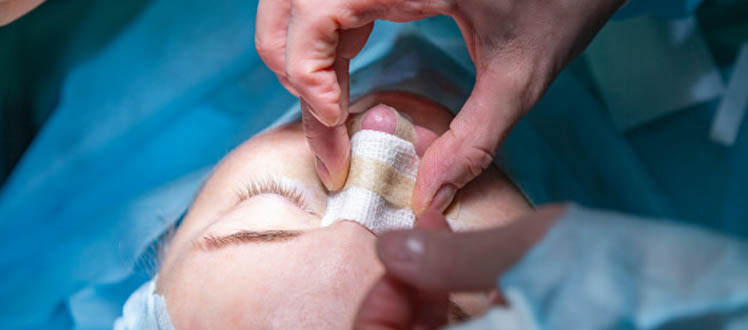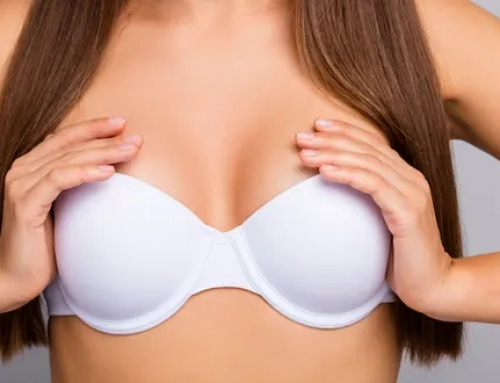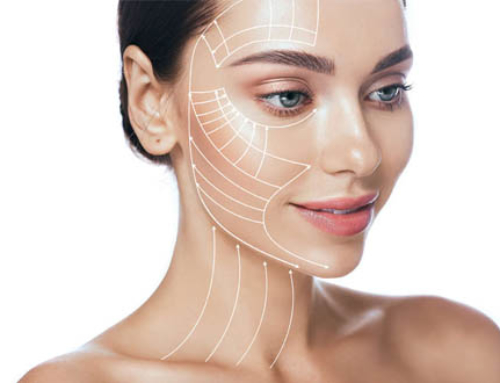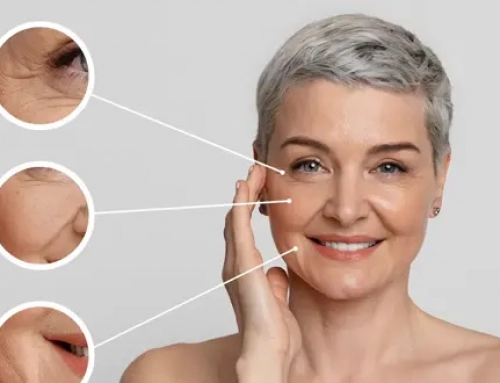Rhinoplasty is a very common cosmetic surgery intended for patients dissatisfied with the appearance of their nose (shape, size, width…). The procedure can modify unwanted characteristics in different parts of the nose. During the initial consultation, photos will help the surgeon identify the issue and visualize possible corrections.
If you are wondering what this procedure can achieve in terms of correction, here are the most common imperfections motivating patients to schedule a rhinoplasty.

The most common nose imperfections patients want to get rid of
Nasal hump
Nasal humps corrections are the most common request among rhinoplasty patients. Nasal humps are essentially visible from a side view angle and made of bone and cartilaginous tissues. Nasal humps can be removed with surgery in order to straighten the nose or to create an inward curve for women. Nasal hump removal can also move back the nose for patients with excess projection.
Nasal width
Nasal width can be decreased for patients complaining about an overly large nose.The previous nasal hump removal makes nasal width refinement logic. This act recreates the nasal pyramid reduced by the hump removal.
Nasal tip
This type of rhinoplasty procedure can be achieved by removing excess cartilage located in the center of the nose (alar cartilage). This will decrease nasal tip volume and move it back. This type of procedure cannot be beneficial when skin is thick in the nasal tip area since it contributes to the roundness of the tip.
Nostril size
Nostril reduction, or alar base reduction, aims at reducing nostril roundness when these are too large compared to the nose. Moving back the nasal tip can increase the size of the nostrils and this shape change has to be anticipated.
There are many other nose corrections that can be achieved with rhinoplasty, but these make up 90% of patients requests.





